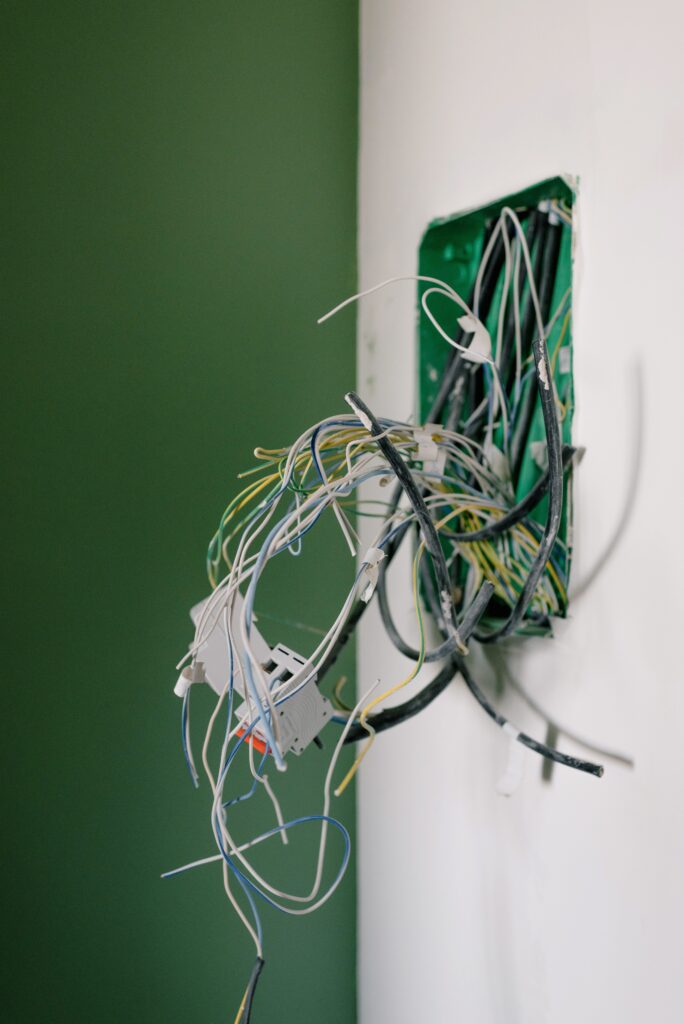Fiber to the home (FTTH) is a technology that delivers high-speed Internet to your doorstep. It offers faster speeds than you typically get with cable or DSL service. But what does it take to get FTTH up and running in your community? This blog post will explore the process of installing FTTH, from planning and design to construction and testing. So if you’re curious about how this technology works, keep reading!
What is fiber to the home (FTTH)?
Fiber to the home (FTTH) is a type of broadband communication technology that uses optical fibers to deliver high-speed Internet and other digital services directly to homes and businesses. FTTH represents the latest generation of broadband technology, offering speeds significantly faster than those available with older technologies such as copper or cable. In addition to providing faster Internet speeds, FTTH offers several other advantages over older technologies, including increased reliability and lower costs. As more and more homes and businesses transition to FTTH, technology is quickly becoming the new standard for broadband communications.
How does FTTH work?
Fiber-optic technology transmits data using light pulses along a thin glass or plastic fibers. Fiber-optic cables carry much more data than traditional copper wires, making them ideal for high-bandwidth applications such as video conferencing and streaming high-definition video. In short, FTTH (Fiber-to-the-Home) is a type of fiber-optic technology that delivers symmetrical speeds of up to 1 Gbps (gigabit per second), making it one of the fastest Internet connections available today. FTTH connections are typically provided to homes and businesses via an optical network terminal (ONT), which converts the optical signal into an electrical signal that can be used by devices such as computers and televisions. FTTH technology is becoming increasingly popular as more consumers demand higher speeds and greater capacity from their Internet connections.
Primary benefits of FTTH
One of the most significant advantages of FTTH is that it can offer speeds much higher than copper-based broadband connections, such as DSL or cable. Fiber optic cables can transmit data at much higher rates than copper, meaning FTTH connections can offer download speeds of 1Gbps or more. This is ideal for households with multiple users who all want to be able to stream HD video or play online games without any lag.
In addition to higher speeds, FTTH connections have lower latency than copper-based broadband connections. Latency is the time it takes for data to travel from one point to another, which is an essential factor in determining the quality of a broadband connection. Because fiber optic cables have lower latency than copper cables, FTTH connections are less likely to experience lag when gaming or streaming video.
Finally, FTTH connections are also more reliable than other broadband connections. Fiber optic cables are not susceptible to interference from electrical wires or power lines. FTTH connections are less likely to experience disruptions due to bad weather or power outages. This makes FTTH an ideal option for businesses that need a reliable broadband connection for things like VoIP calls or video conferencing.
How to run fiber optic cable in house?
One of the best ways to ensure your home is wired for fiber optic capacity is to have fiber optic wiring installed when your house is built. This will allow you to run the fiber directly to wherever you need it in your home. However, if you are retrofitting an existing home, there are still ways to get fiber optic wiring in house. The first step is to determine where you want the fiber to enter your house. This could be through an existing cable TV or telephone wiring hole, or you might need to drill a new spot. Once you have determined where the fiber will enter your house, you need to run the thread from that point to wherever you want it in your home. This might mean running it through the attic or crawl space or along the inside of a wall.
In some cases, it might be necessary to route the fiber through an exterior wall. Once the fiber is in place, you can connect it to a fiber optic modem or other devices. With proper installation, fiber optic wiring can provide high-speed Internet and other data services for years to come.
Fiber to the home installation procedure
Installing fiber to the home (FTTH) is a complex process that requires the expertise of trained professionals. The first step is to conduct a feasibility study to determine if the existing infrastructure can support FTTH. Next, the network infrastructure must be designed and built. This includes laying down new cables and installing equipment such as switches and routers. Once the infrastructure is in place, homes and businesses must be connected to the network. This process involves installing an optical network terminal (ONT) inside the premises. Ultimately, the system must be tested to ensure it is functioning correctly. FTTH is a transformative technology that has the potential to revolutionize the way we live and work. FTTH is well-suited for today’s broadband needs with its high speeds and reliability.

